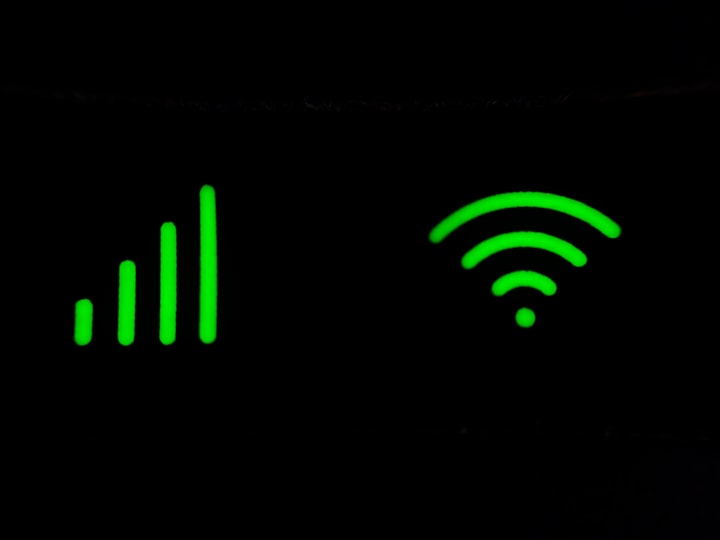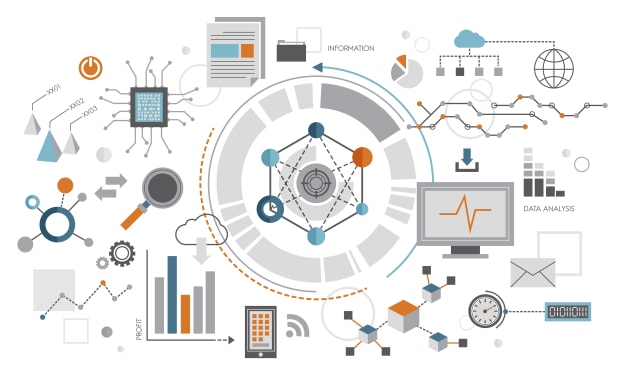How can universities have excellent WiFi when thousands of people are connected?
How universities WiFi works well with thousands of connections.

University wireless networks almost universally feature:
Wired backhaul to MANY Wireless Access Points
Professionally designed placement of WAPs
Higher speed aggregation links
Professional grade equipment
Centralized management
High Speed, business class (or better) Internet service
For example, the University of Maryland isn’t just “on” the Internet, they help to maintain the DNS system which is part of the core infrastructure, so it is fair to say that they are “part of” the Internet.
The WAP built into a typical home wireless router will start bogging down seriously after about 10 devices.
I have 2 WAPs in my house rated for 200 devices EACH, and these are similar to what a lot of businesses might use.
The same company that makes the WAPs I use also makes multi-radio models that are good for at least 1500 simultaneous devices in a small area, such as one section of a stadium. Of course, that WAP also wants a 10 Gbps wired backhaul, all for itself.
Universities also obey my number 1 rule of networking, which is that anything that can be wired should be. The important computers are wired. The student computers that are wandering around are on the WiFi, but many of them are just playing games and surfing the web.
A Mesh Network in this scenario works best — as well as perfecting the correct frequencies that each access point works with due to any interference nearby.
Another perspective:-
I agree that schools have many routers, plus hundreds to thousands of wireless access points. They have fiber and gigabit and even 10-gigabit connections between buildings.
They have multiple servers and sophisticated management software and extensive IT operations staff. They also typically have multiple connections to the internet, with high bandwidth.
I was at a school that was missing really only one of these things, the last, multiple wide connections to the internet, and it was unworkable. IT and the administration had to scramble to fix it (which they did).
Of course, all of this costs money. More than you think. IT operations are one reason (of many) why college is much more expensive than it used to be.
Another theory:-
The best strategy is to have a wireless network that is controller-based allowing multiple access points to be deployed within the university which can then have a limit on the total number of users which can be connected to a single access point.
Once the limitation has been breached per access point, users will then be forced to join an alternative access point. In summary, this option allows you to spread the load based on the total number of users.
Good equipment has already been mentioned, and a lot of it. Proper design is certainly important as well. What I have not yet seen mentioned is direct access to internet backbones.
Most universities have the top grade and often direct access to the internet. At home, you have to share your internet connection with a lot of people over whatever the ISP thinks is reasonable.
Student's view:
They have very fast internet lines and a managed network. There are full-time staff there that manage the “wifi” and have everything planned and prioritized.
Universities purchase a lot of bandwidth and careful engineer the placement of access points for continuous unobstructed coverage.
Yes some universities have multiple routers as well as many Wireless Access Points (WAPs) But what matters is a couple of things:
1. Density - as in how many people are in one place connecting to the network. That will determine how many AP’s are needed in that specific area but a lot of universities are spread over large campuses so the density is only in small areas.
2. Total ISP connection bandwidth for each area. Most larger universities that have big campuses will have multiple different connections to the internet so they only have to manage the WiFi in a specific area where the connection to the ISP is.
Due to this, it is rather easy to have great WiFi for those on campus because in most cases they are not all going through the same ISP connection or the same WAP.
Thank you for scrolling down and reading it completely. I'll feel grateful if you support me by tipping option in the end through the below option.
Thank you.
About the Creator
Praveen Sharma
I am a professional writer and I have started writing on different social media platforms such as Vocal media. I have a keen interest to write on lifestyle, motivational stories, facts and photography, which's my absolute favourite.
I ❤️✍️






Comments
There are no comments for this story
Be the first to respond and start the conversation.